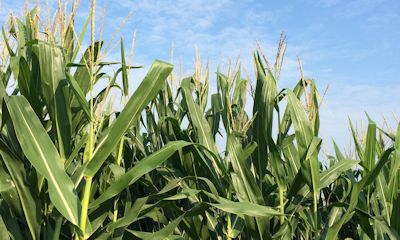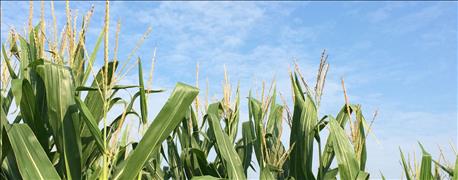
Growers flocked to the new county-level Agriculture Risk Coverage government farm program. USDA says 96% of soybean farms and 91% of corn farms signed up for ARC-County, which can help manage risk from bad crops and low prices.
But figuring how the programs fit in with the rest of your marketing plan won’t be easy.
Traditional farm programs used by most growers were based on prices. Deficiency and countercyclical payments went up as prices went down. Both systems worked something like a put option, which increases in value as futures prices fall.

Putting ARC to work on your operation requires some added figuring.
ARC, by contrast, is closer to the Revenue Protection crop insurance farmers typically buy. It guarantees
76% to 86% of so-called “benchmark” revenues, the average of the five previous years, excluding the lowest and highest prices and yields.
But predicting how ARC will work on your farm is a guessing game, with plenty of questions and answers that take time to play out. For one, the 2015 crop year was already underway in September, and growers still didn’t know what their 2014 payments would be. ARC is based on the average cash price for a crop year, which isn’t known until the end of September.
Remember, too, that the ARC plan used by most growers is based on county yields. While one arm of USDA published 2014 yields last winter, the Farm Service Agency still hadn’t put out its own tally. That meant growers couldn’t know for sure what their payments would be — or how these yields might affect their benchmark revenues for 2015.
As a result, rule one for ARC risk management is accepting the fact that any estimate is just that.
Still, it appears the prices used in ARC for 2014 will stay the same this year: $5.29 for corn and $12.27 for soybeans. The national average yields for both crops would also be unchanged if all farmers got the same yield. They didn’t, and that’s the first hurdle for 2015.
Estimated payments for 2014 varied widely from county to county, even within the same state. Growers in counties with better yields received less, regardless of how their own crops fared. So, growers will have to make an estimate on what their county yield might be to get a feel for what payment might come in a year or so.

The next assumption deals with prices. The cash price used for ARC is an average of monthly prices weighted by the amount of the crop marketed each month. Farmers typically sell beans before corn; 58% of the soybean crop was sold from 2009 to 2013 by the end of December. Sales reached 83% by the end of February, a level not hit by corn until May.
Growers who sell a lot off the combine planning for an ARC payment could be disappointed if prices rise enough after they sell. Farmers who hold their crop until summer could also receive less protection if the prices fall sharply from levels earlier in the marketing year.
In addition, the ARC payment is made on only 85% of the base acres for a crop, which may or may not match what was planted.
Finally, Congress has another twist. Budget sequestration may mean payments are reduced by 7.3% in 2014 and 2015, with a 6.8% cut possible in 2016. That’s if the government is still running after Oct. 1, when another roadblock looms if leaders can’t work out a budget deal. FF
- Knorr is senior grain market analyst for Farm Futures.
Decision Time: Risk Management is independently produced by Penton Agriculture and brought to you through the support of Case IH. For more information, visit beready.caseih.com.
About the Author(s)
You May Also Like




